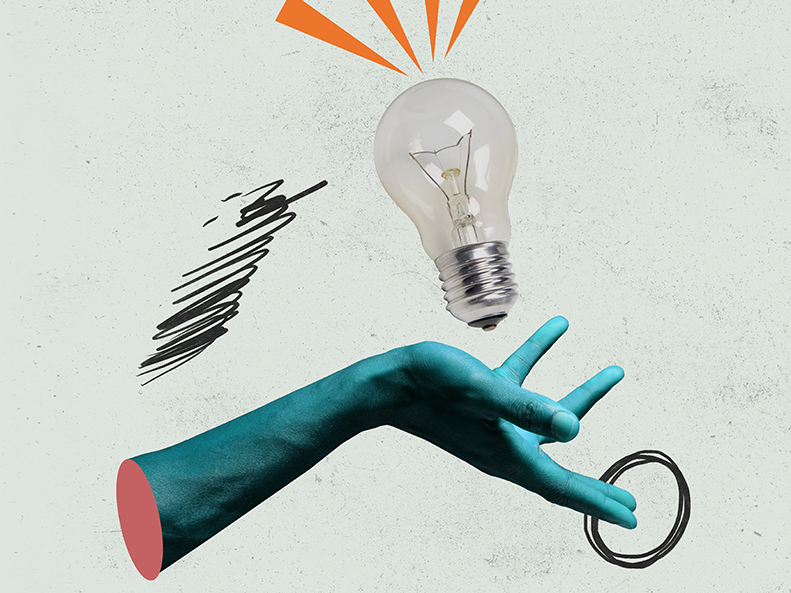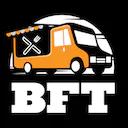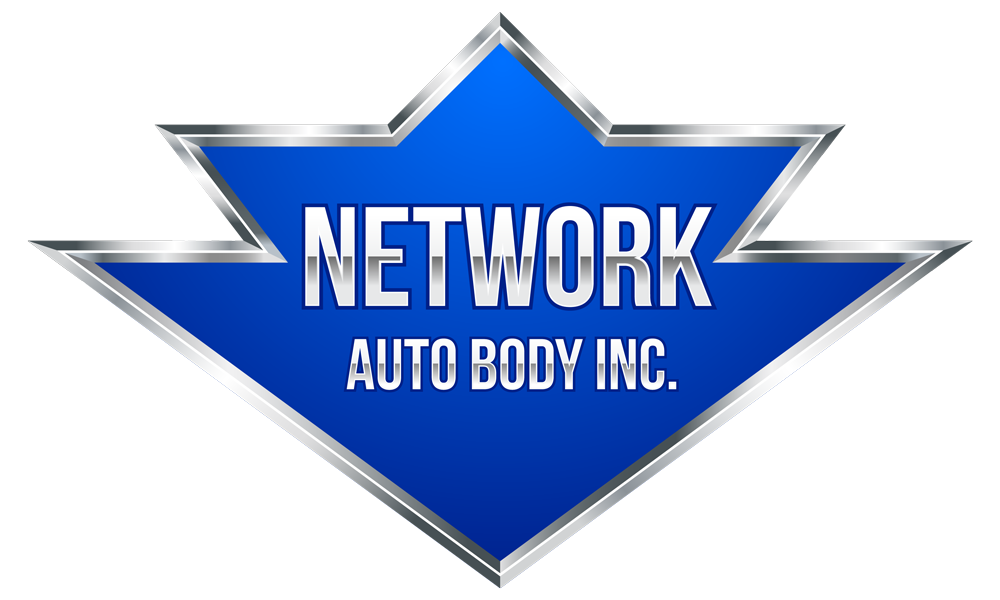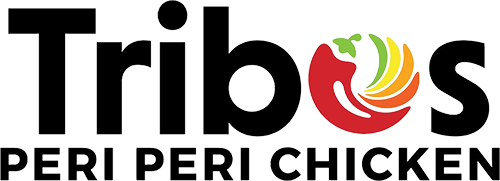Los Angeles Digital Marketing Agency
Digital Marketing Services That Get Results
Get more leads. Secure new customers. Grow your business. SEO, social media, paid ads and more. Schedule your no obligation, consultation.
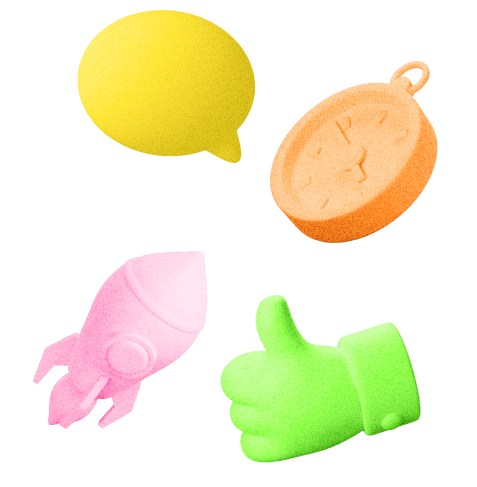
OUR CREDENTIALS




















Get Digital Marketing Results
Here at COLAB, we give you access to all the data you could possibly need to see results, make decisions, and evaluate our effectiveness. See leads, how many hours we’ve worked on your account, and all the Google reports you can handle.
Let's Talk Business Growth
No Commitment, No Obligation, No Sales Pressure.
Services That
Get Results
SEO + Content
We'll audit and optimize your site as well as create fresh, keyword-rich content that improves your search engine rankings, drives organic traffic, and establishes your brand as an authority.
Social Media + Influencer
From creative to copy, we'll build out a social strategy and calendar that taps into everything from custom assets, UGC, and influencer partnerships to drive top-of-funnel awareness.
Pay Per Click Ads
Our team will create and manage pay-per-click (PPC) and social ad campaigns that are optimized to reach your target audience, drive engagement, and generate leads or sales.
Design
We'll build beautiful creative materials that are always 100% you, online or offline. From web and mobile, to digital ads and social media, our team will tell your story.
STRATEGY
We'll help you identify everything that makes you special. Then we'll build meaningful relationships with your customers across all of your marketing channels.
We Speak Numbers
We believe in getting results and our track record speaks for itself. Our expertise in branding, strategy, digital marketing, data analysis, and creative design will take your business to new heights.
200+ Completed Projects
96% Client Retention Rate
$100 M+ Sales Generated
for Clients
320% Increase in Organic
Traffic
What Our Clients Say
Give us your deets
We'll reach out to show you how to improve your marketing.




